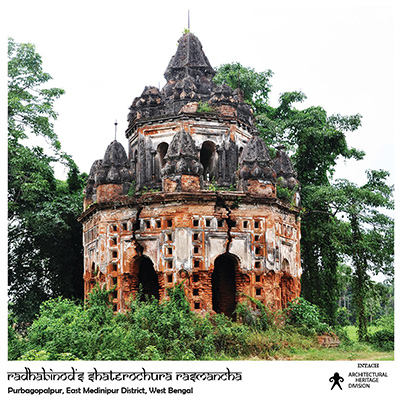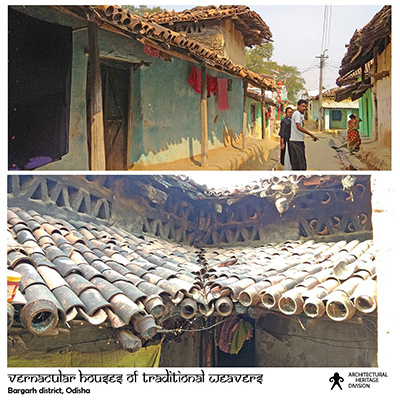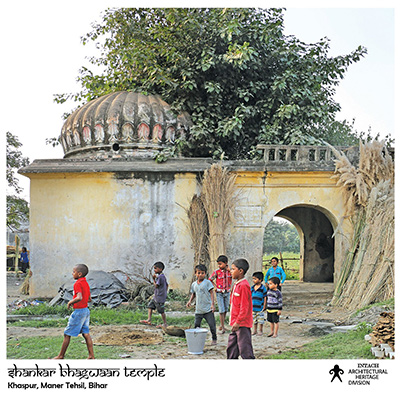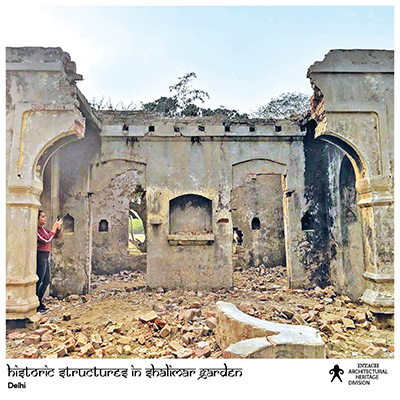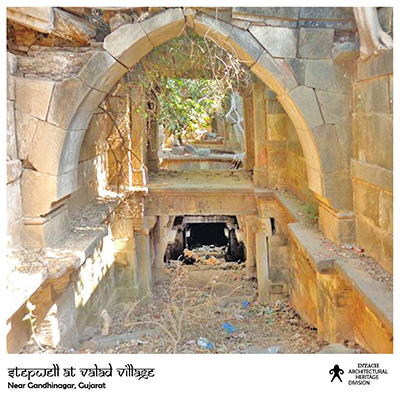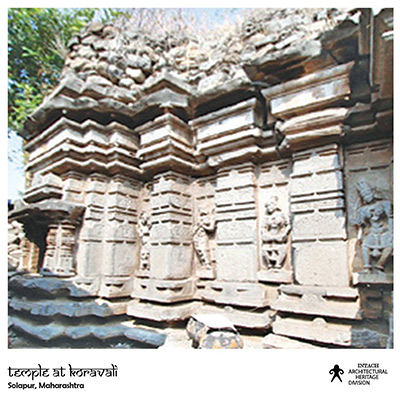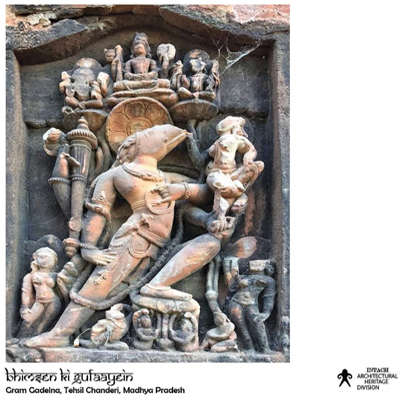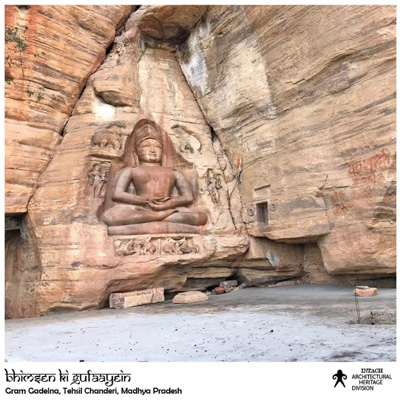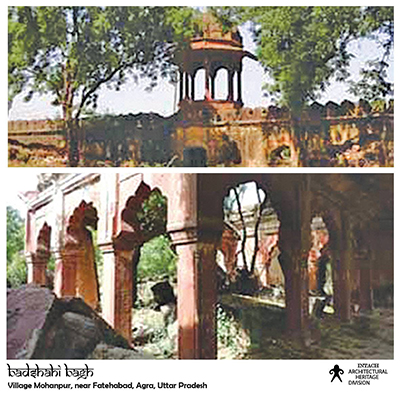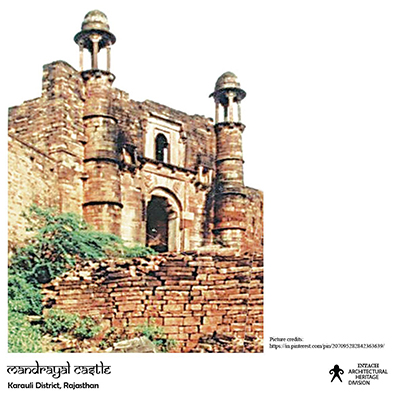H@R 42/365 Soan Bridge Across Godavari River, Telangana
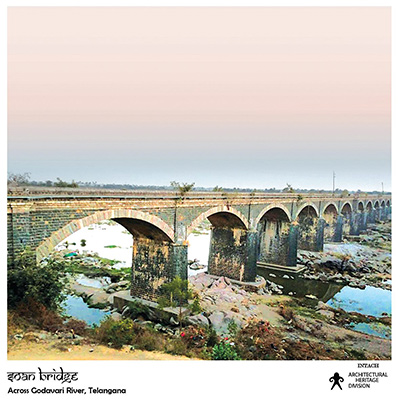
H@R 42/365
Soan Bridge Across Godavari River, Telangana
A 776 m long, stone masonry arch bridge across Godavari River at Adilabad-Nizamabad district’s border. About 90 years old, it is an engineering marvel from the Nizams’ rule. Threatened by growth of banyan trees in the structure. Went out of use in 2009 as it could not cope with the growing demands of transport development, when the new twin bridges on the four-lane NH 44 came up. Instead of neglecting historic bridges from 18th-20th centuries, the stone and brick marvels need to be looked at as exceptional educational resources for civil engineering, relevant even in present times. An example of the human values attached to the bridge was found in the inaugural plaque which carried a verse seeking forgiveness of the river for having hindered its free flow by way of the bridge.



